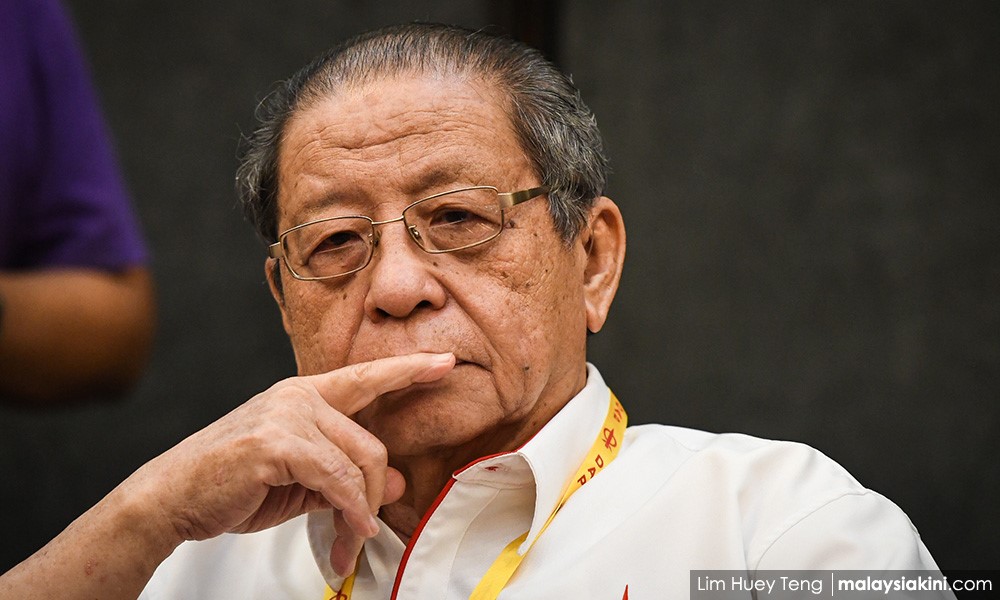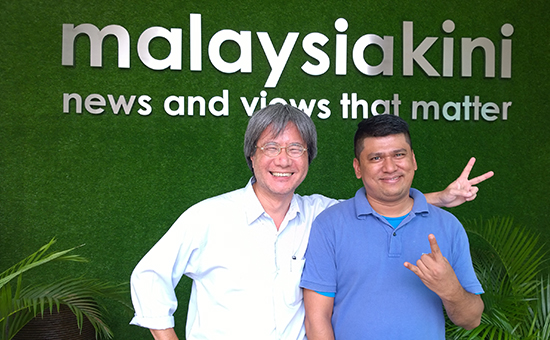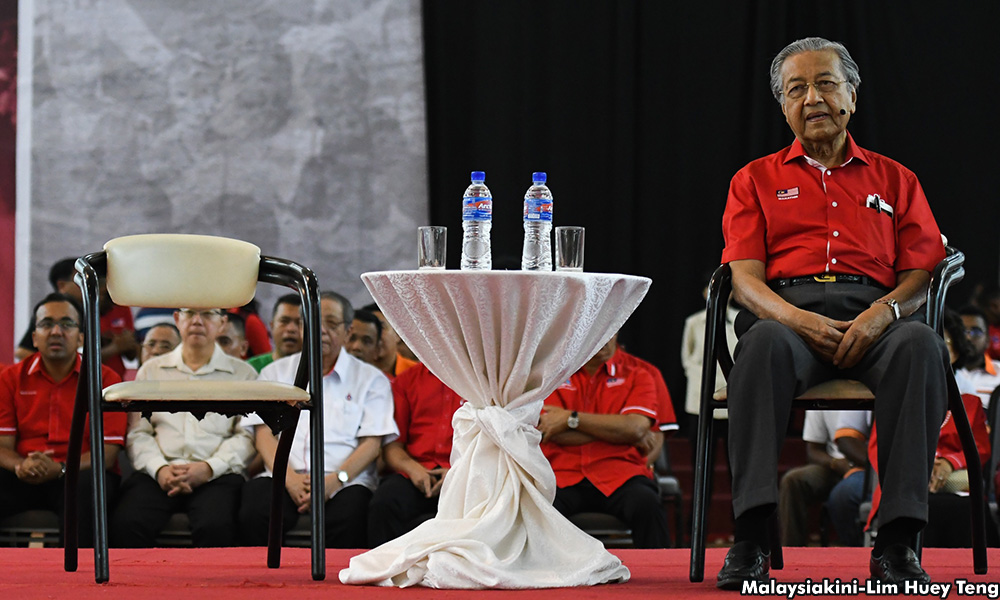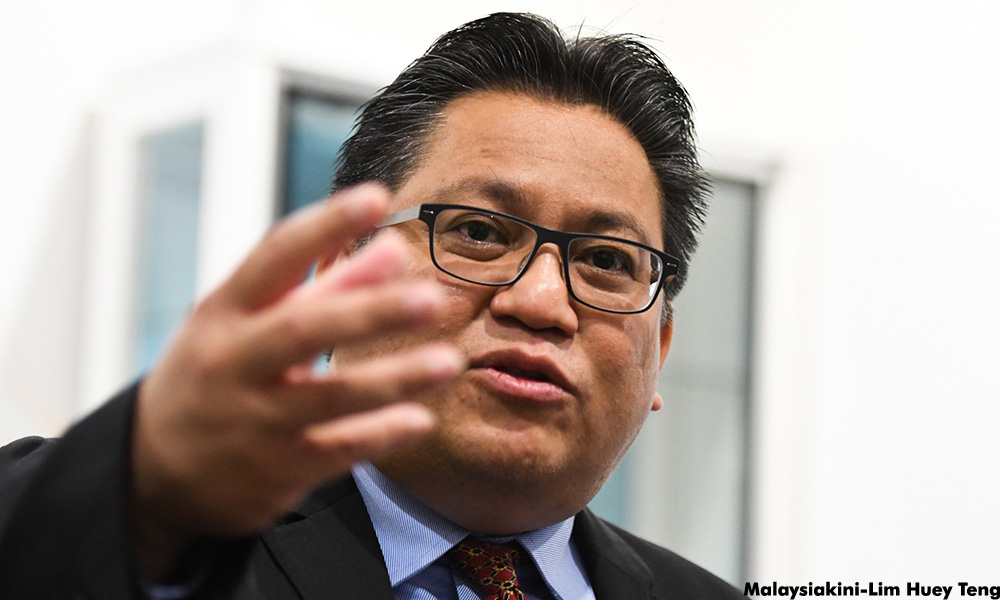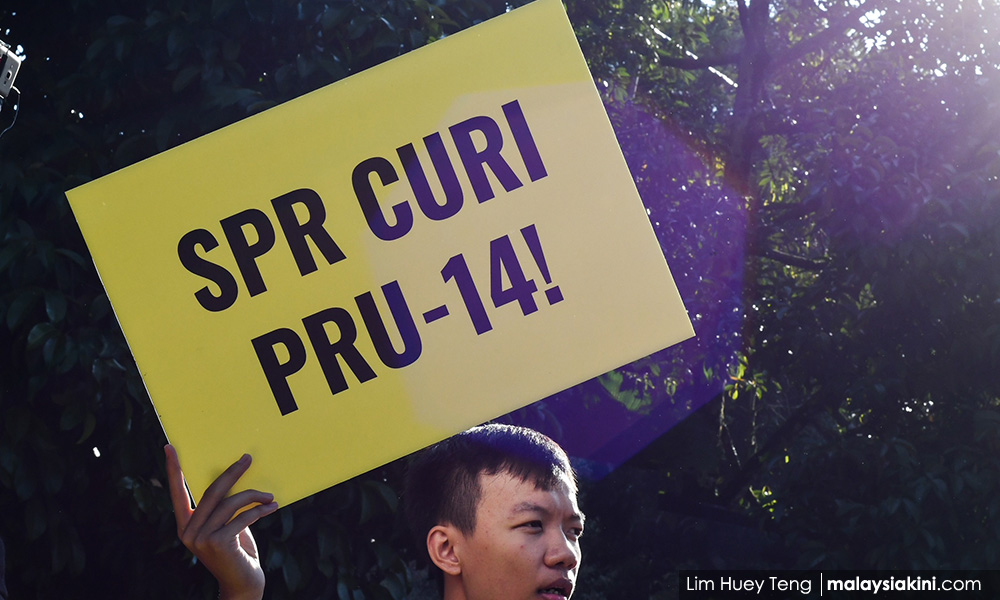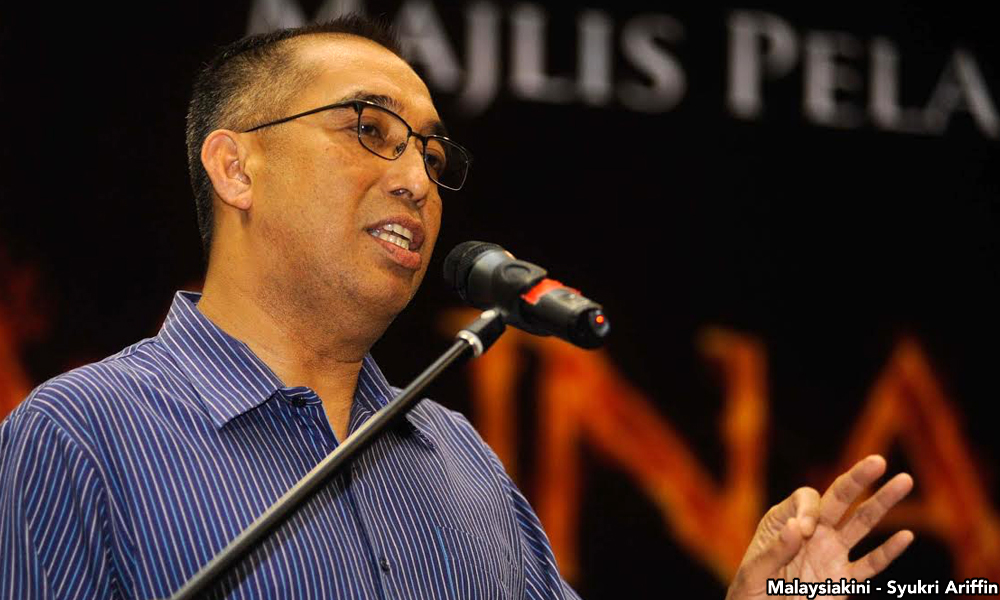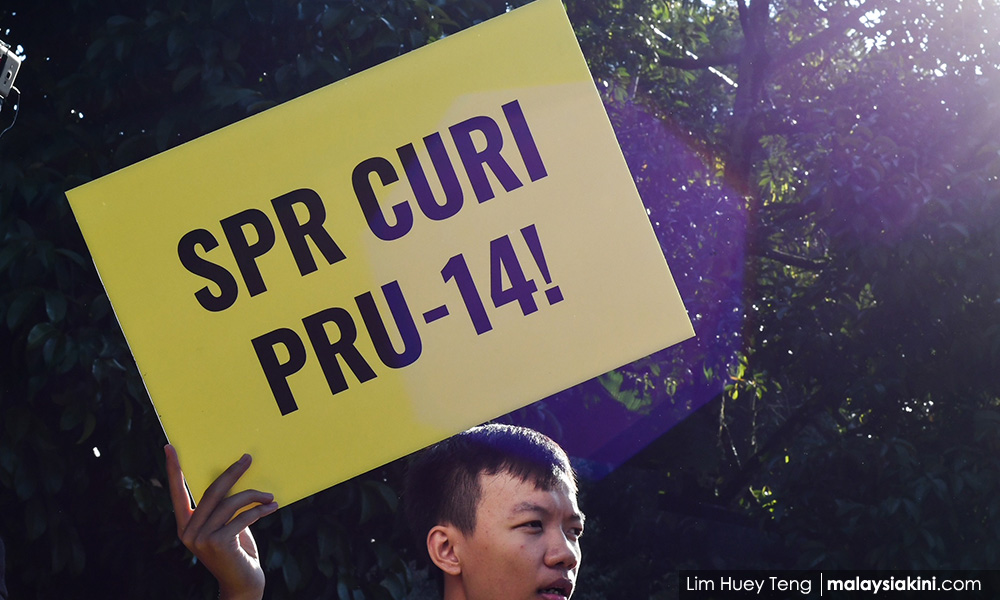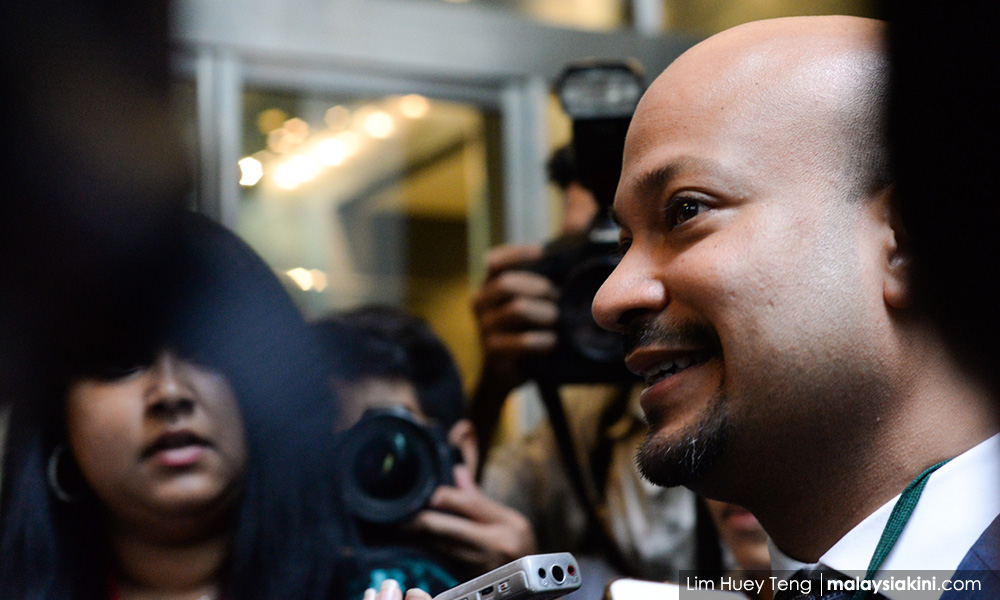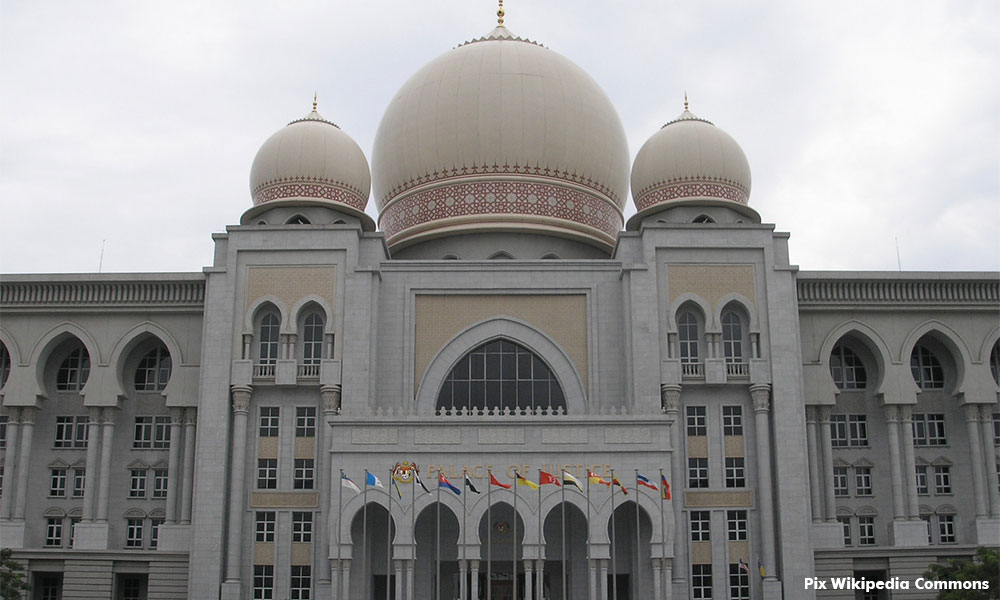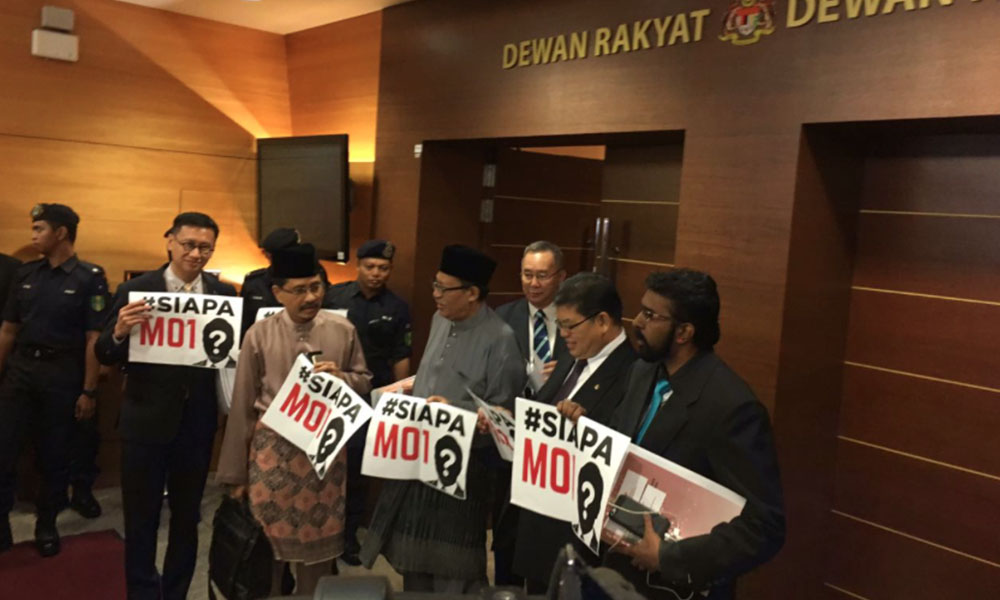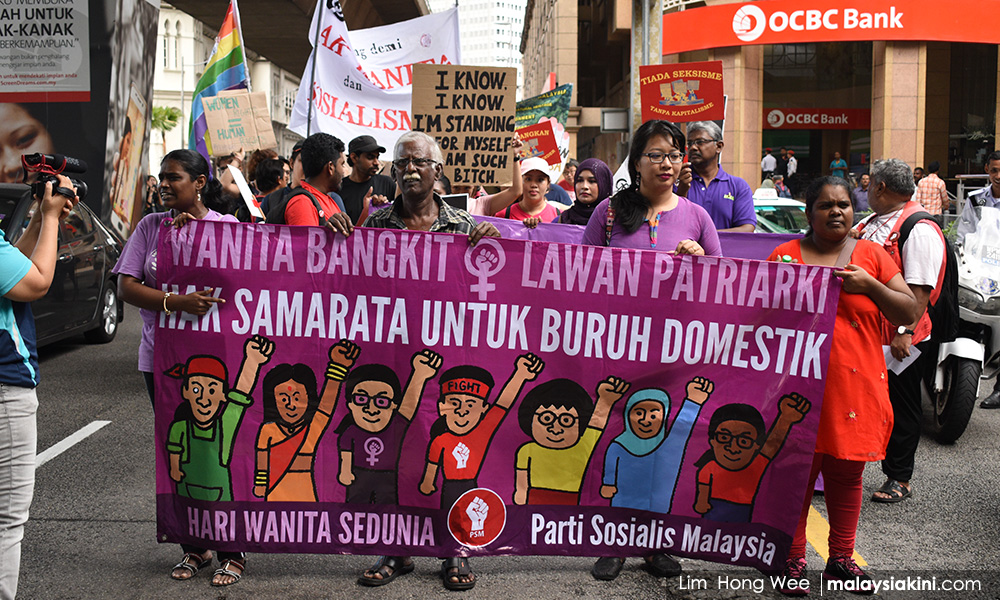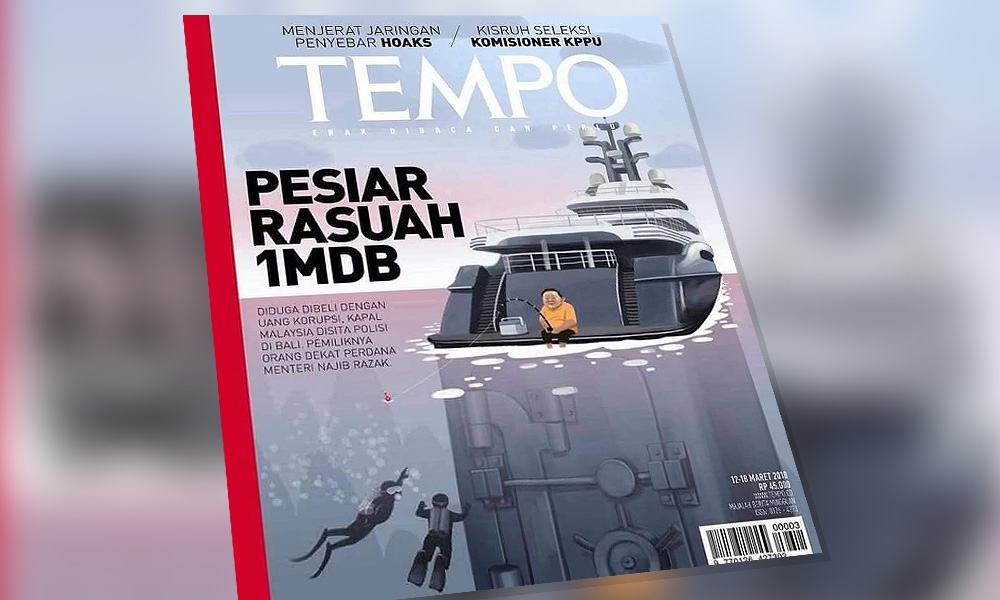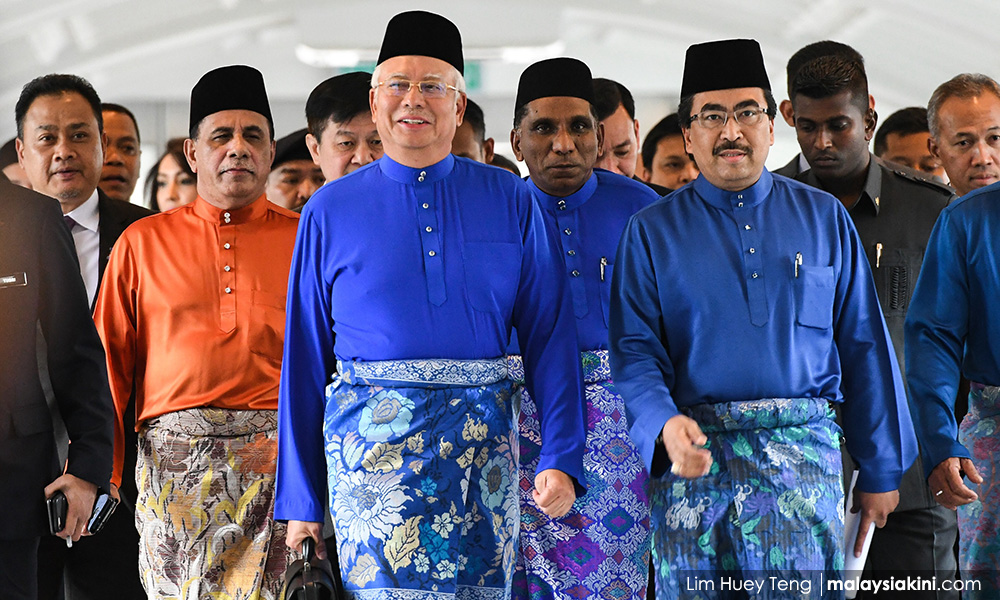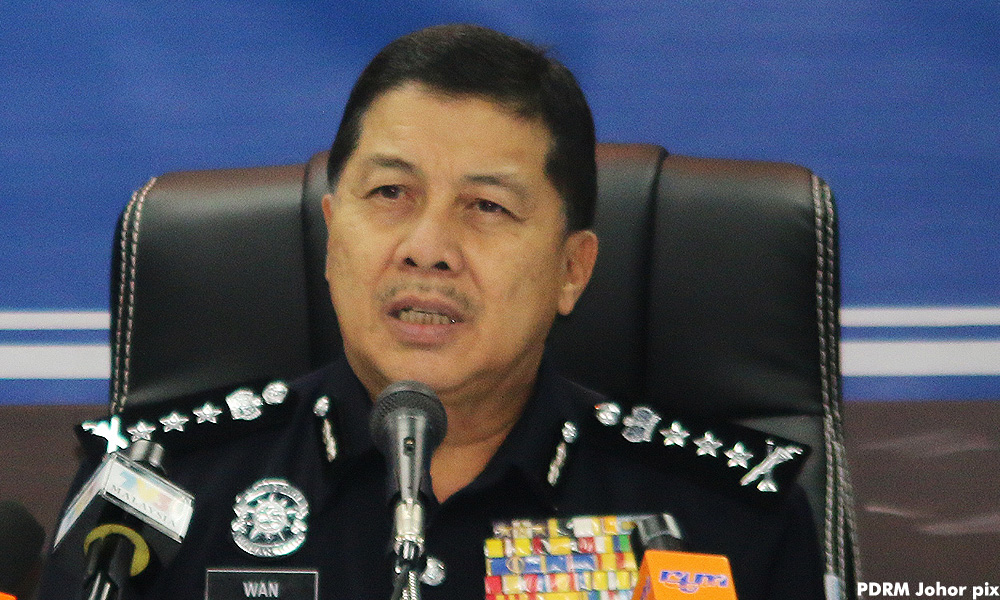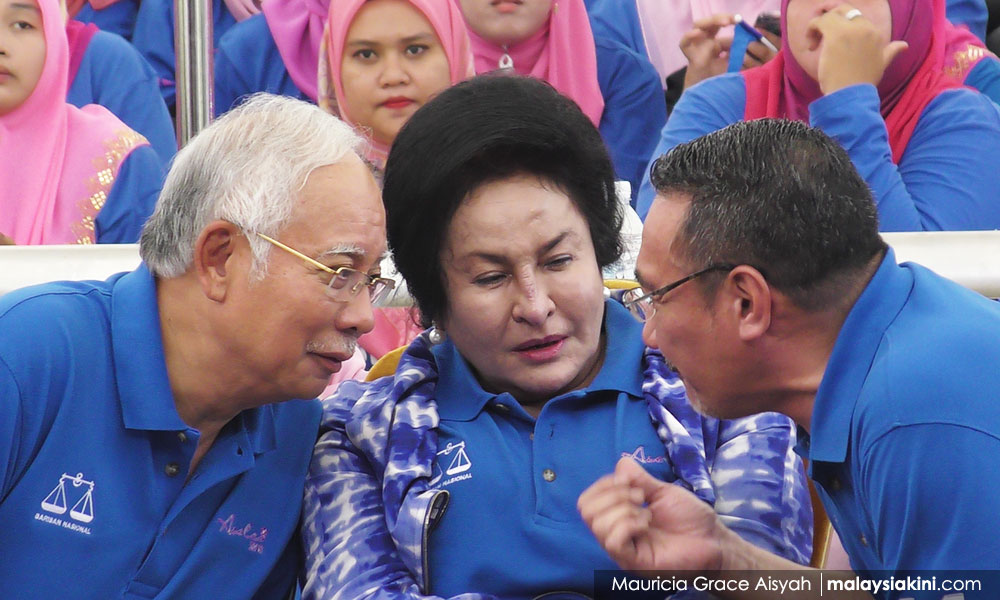-Dr Sivachandralingam Sundara Raja, Associate Professor, Head of Department of History, University of Malaya
The recently published Form 2 History Textbook by the Ministry of Education has raised concerns in the public, particularly in the academic community.
This is regarding the insufficient and inconsistent treatment on the content of the Hindu-Buddhist influences on early Malay kingdoms.
Although I was not one of the consultants for this textbook, I am academically obliged to bring to light certain flaws and possible elements of confusion in it, which then need to be addressed by the authors and the ministry.
The textbook contains 10 chapters focusing mainly on early Malay kingdoms and Malay heritages in the Malay Archipelago.
It is startling for historians like myself that the first four chapters have failed to acknowledge the historical fact that such kingdoms were heavily influenced by Hindu-Buddhist culture, which evidently characterised the period of Southeast Asian history including that of the early Malay kingdoms from around the first century BCE until the end of the 13th century.
This period in the Malay Archipelago is known as the period of proto-history, starting with the arrival of cultural influences from India.
Peter Bellwood, in his Prehistory of the Indo-Malaysian Archipelago, which is one of the comprehensive studies on the subject, opines that Hindu and Buddhist beliefs chiefly from India built the foundation upon which the early kingdoms were founded in the region in the latter part of the first millennium.
These beliefs, according to Bellwood, were quite certainly propagated through Hindu Brahmans and learned Buddhists; the former might have been invited by native rulers to learn how to reinforce their authority and thus legitimise their rule.
The result of which was the process of Indianisation, which George Coedes, an eminent French scholar of Southeast Asian archaeology and history, describes as one that was based upon the “Indian conception of royalty”, characterised by “Hinduist and Buddhist cults” used by the rulers to divinise their kingship.
Scholars also believe that Indian influences in arts and on numerology was spread by Brahmins employed by local Malay princes on their courts. Cultural transmission in this regard also took place through traders, especially those adhering to the Buddhist religion, who travelled throughout Southeast Asia bringing with them not only trade products but also their way of life.
During this time, there emerged Hindu-Buddhist or “Indianised” polities such as Funan, Chenla and Angkor in mainland Southeast Asia and Langkasuka, Tambralinga, Tan-tan, Kedah Tua and Gangga Negara in the Malay Peninsula. Although Indianisation is clearly a crucial concept in the study of early Malay kingdoms, it has been left out in the Form 2 History Textbook.
Therefore, long before the arrival of Islam in the 15th century, the Malay states were very much influenced by the religious and cultural practices of Hindu-Buddhists.
The most important of which was the kingdom of Srivijaya from where artifacts of Mahayana Buddhism and Hinduism had probably originated and some can be found in the Bujang Valley, Kedah.
These artifacts in Kedah are a crucial component of the state’s history, which could stretch as far back as 1,500 years.
The spread of the Hindu-Buddhist culture in Southeast Asia is a known fact and has been highlighted by scholars in the field.
As far as the Bujang Valley is concerned, archaeologist Dr Supian Sabtu had clearly described the site as one that belonged under the Hindu-Buddhist period in many of his writings including his dissertation entitled “Zaman Hindu-Buddha di Lembah Bujang: Satu Penilaian Berdasarkan Data Arkeologi“.
Further, scholars like Abdul Rahman Haji Abdullah, Mohd Dahlan Mansoer, Abu Talib Ahmad and Nik Hassan Shuhaimi Nik Abdul Rahman and many others have established an intellectual foundation in their research to corroborate the Hindu-Buddhist role in the formation of early Malay states.
However, this is not stated in the textbook and students might be misled and remain uninformed of its far-reaching influence. Although the matter is somewhat discussed from page 1 to 17 and across chapter 3 to 4 (pp 38-69) but the absence of a straightforward and precise recognition of the fact that the early Malay kingdoms had Hindu-Buddhist characteristics is baffling.
It was only on page 60 of the textbook that the authors acknowledge that the rulers were once acclaimed as god and which was the result of Hindu-Buddhist influence. If that is the case, why not clarify it from the outset on page 2?
As the textbook clearly intends to highlight the achievement of local geniuses, as it was their role that made “Indianised” features as essentially more local in character, “Indianisation” is certainly the most important prerequisite to do so.
I urge the ministry to include this fact in the first chapter of the textbook to avoid confusion.
What is even stranger is that the textbook authors do seem to refer to works done by D. G. E. Hall, Nicholas Tarling and George Coedes, all who clearly subscribe to the fact that the early Malay polities were indeed characteristically Indianised kingdoms.
In fact, the textbook authors seem to have referred to Coedes’s The Indianized States of Southeast Asia in which the latter has discussed the role Indian trading settlements in Malay port cities as diffusion centres of Indian influences and facilitated by the arrival of Brahmins who brought with them literature and sacred texts from India.
The Indians, he says, probably traded gold as their chief merchandise when they lost their access to the principal source for metal in West Asia.
Although Coedes’s views are criticised by scholars for failing to recognise the role of participants (local geniuses), whom the former characterises as passive recipients, it remains a general consensus among scholars that it was through trade that vital contacts were made up to the court level.
Established facts such as the historical reality of Hindu-Buddhist influences and the Indianisation process should not be tampered or deliberately downplayed. This is what has been taught in Malaysian schools ever since the 1970s until today but the present practice of distorting facts is rather worrying.
School teachers who had learnt these facts in their university days would now have to confront with misinterpreted facts. This will definitely cause confusion among teachers and they may end up doing a disservice to their profession.
I would like to reiterate again to all concerned parties to clearly establish in the Form 2 History Textbook the reality of Hindu-Buddhist influences lest downplaying the significance of pre-Malacca and pre-Islamic periods in the history of the country.
-Sundaily, 5 February 2018.


